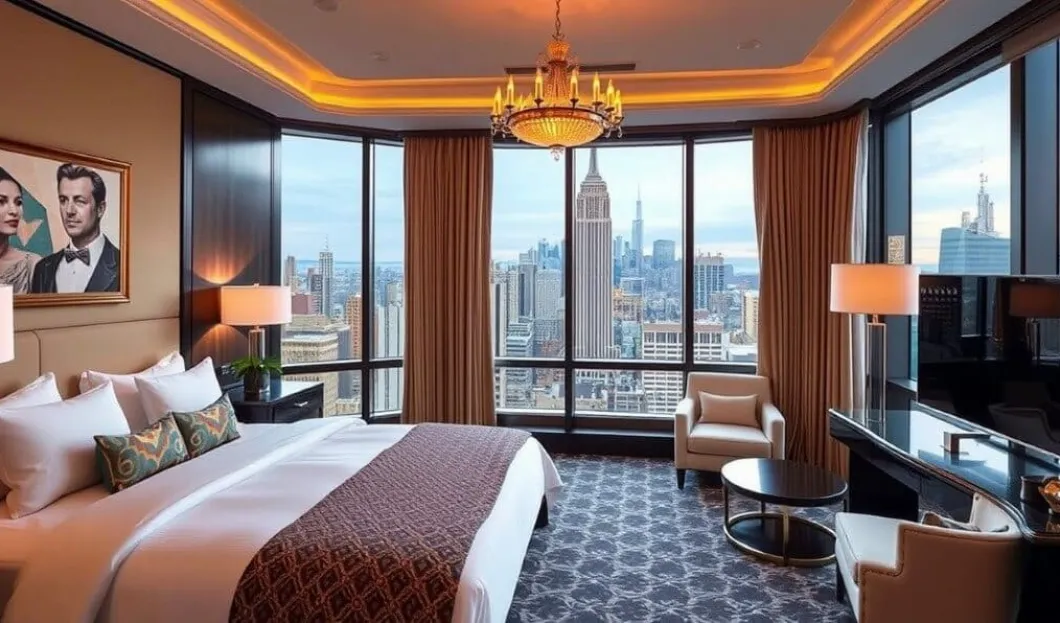
A recent study by Keytel indicates that 75.5% of the new luxury hotels planned for construction in New York City in the coming years will be independent. This trend reflects the ongoing profitability growth in the hospitality sector, which is fueled by a decrease in supply in lower-tier categories.
New York Strengthens Its High-end Positioning
In recent years, hotels in the Upscale, Upper Upscale, and Luxury categories have seen significant price increases, establishing New York City as a high-value destination. In fact, 78% of the new hotel rooms being developed in the city will belong to these segments.
Although there is a rise in independent luxury hotels, large hotel chains will continue to play a crucial role in expansion. Approximately 72% of the new hotels will be branded, meaning they will be managed or franchised by international hotel brands. Meanwhile, 28% will be independent establishments operating under their own brand.
Midtown Manhattan is set to maintain its dominance in the hotel market. With 85% of new hotel rooms concentrated in this area, it will solidify its status as the city's epicenter for tourism.
There is a decreased availability of budget accommodations and a rise in profitability within the premium segment. The supply of economy hotels has not bounced back following the conversion of 16,000 rooms into housing for immigrants and the impact of regulations on short-term rental apartments. This shortage of budget options has contributed to a significant Average Daily Rate (ADR) increase, which has risen by 21.4%, and Revenue Per Available Room (RevPAR) growth by 26% in recent years.
Despite the revenue growth, the 22% accumulated inflation from 2019 to 2024, along with rising labor costs, is impacting the profitability of hotel establishments. However, the gap in RevPAR between branded and unbranded hotels has narrowed from 18.4% in 2019 to 11.1% in 2024. This shift could encourage new strategies for independent hotels.
Risk of Oversupply
The study warns that an increase in hotel supply may dampen prices, particularly if authorities ease Local Law 18, which in 2023 led to the removal of 20,000 tourist apartments.
In this context, a key question is whether New York City can sustain its selective tourism model or if the supply growth will result in adjustments to both rates and occupancy in the coming years.
The luxury sector in New York City is well-positioned for further growth despite challenges related to operating costs and sustainability rates. There is increasing demand from tourists looking for exclusivity and personalization, which may drive the prominence of independent hotels in the premium segment.













